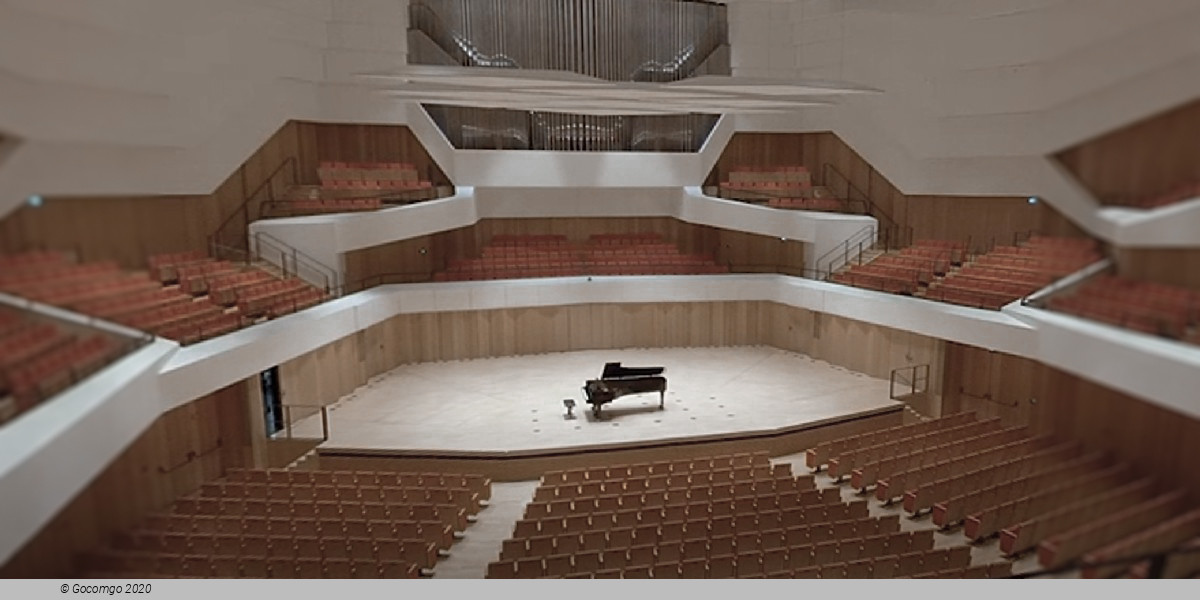Dresden Palace of Culture (Dresden, Germany)
Dresden Palace of Culture

The Dresden Palace of culture is a modernist building by the architect Wolfgang Hänsch. It was opened in 1969 and was the largest multi-purpose hall of the city of Dresden, which was used for concerts, dance and entertainment events as well as conferences and congresses. After several years of renovation and installation of a new concert hall, it was reopened in April 2017.
In contrast to other square buildings in the jewelry-free style of the international modern-looking, cuboid structure with a base area of about 100 by 70 meters completes the north side as a partial building on the Wilsdruffer Straße. East of Schloßstraße and southwest of the nearby Neumarkt, it is located right in the centre of the historic Old Town, which was largely destroyed on 13 February 1945. Due to the fact that the palace of culture has been in operation since 2005, a post-war building on the north side is being built.
Originally, the palace of culture was planned as a socialist-classicist ensemble building. In the other plans, one wanted to build a high-rise building in the style of the Seven Sister Moscow buildings. According to the" 16 principles of Urban Development " and the building law of the GDR in 1950, the principles of socialist urban development should now be implemented in the GDR. An important principle was: central square-Central, cityscape-shaped high-rise building and broad Magistrates. The palace of culture was originally supposed to take over this function of the height-dominant. A realization of the project in the 1950s, but remained.
The palace of culture was realized in the 1960s as a cultural centre of the city and the district of Dresden as a cuboid building with a eaves of 19.35 m on the basis of the architectural design of Leopold Wiel. An initially planned third floor and a Tribune for the parades on Ernst-Thälmann-Straße were not executed.


